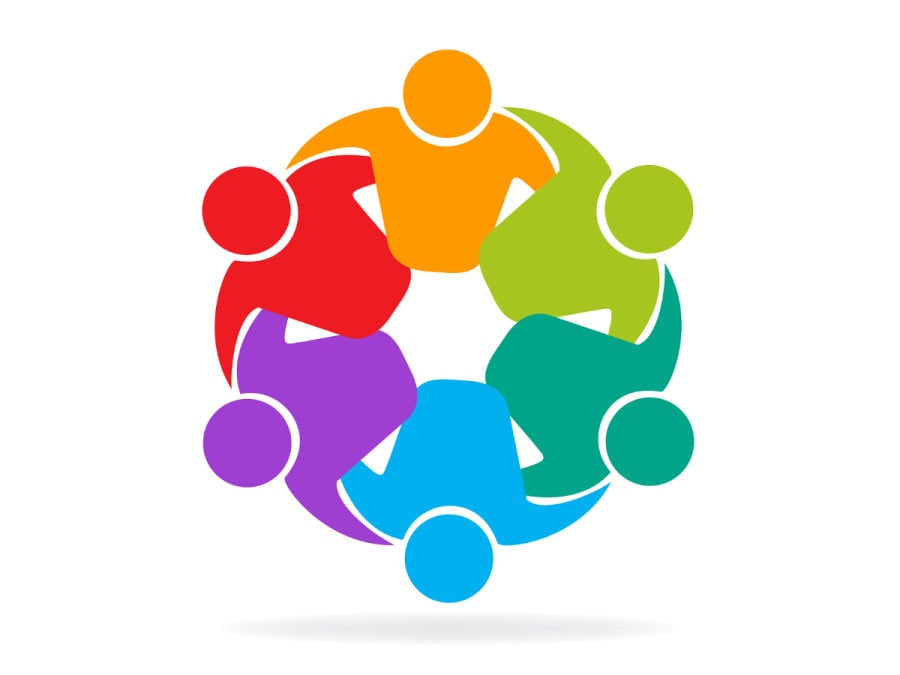Safe sport series - The international responses to athlete abuse in sport

“At a time of success for British sport in terms of medals, championships and profile, this raises challenging questions about whether the current balance between welfare and winning is right and what we are prepared to accept as a nation...
Questions are being asked about the price being paid for success. It is clear that the drive for success and desire to win should not be at the cost of the individuals involved. Allegations about the past need to be thoroughly investigated, but the focus must also remain on those in the current system to ensure that they are protected and free from harm, bullying, harassment and discrimination. Although there are processes and safeguards in place, the right culture is still required to ensure they work. Sport cannot think of itself as special or different and able to behave outside what are considered acceptable behaviour patterns.” Tanni Grey-Thompson, Paralympic Gold medalist.
This is the author’s third article in a safe sport series.
The first article, available here1, explained the different types of abuse in sport, before looking in detail at the sexual abuse of minors in the context of the USA Gymnastics (USAG) case. In doing so, it also examined how the governing autonomy enjoyed by sports organizations can contribute to creating systemic problems; the need for greater athlete representation; and the response by US law makers that was led by changemaker, Nancy Hogshead-Makar. This second piece, available here, moved on to examine in more detail some of the other types of abuse present in sport, in particular familial abuse in tennis, and sexual harassment and violence relating to collegiate athletes.
Having gained some appreciation for the systemic scale of abuse present in sport, this final piece in the series examines in more details a number of the safeguarding responses happening around the world to try to address the problem. A number of these have been highlighted already in the first and second articles, principally by authorities in the US in response to the USAG case and collegiate sexual abuse. This piece moves on to examine responses by other bodies and authorities, including:
-
The UK’s recent Duty of Care Review, undertaken by Baroness and Paralympic Gold medalist Tanni Grey-Thompson;
-
The English Football Associations response to historic abuse in football;
-
The role of individual ‘changemakers’:
-
Celia Brakenridge, SafeSport International
-
Kari Fastin, WomenSport International
-
Katherine Starr, Safe4Athletes
-
-
Responses by International Federations:
-
International Gymnastics Federation
-
International Tennis Federation
-
FIFA
-
International Olympic Committee
-
-
International legal options: United Nations Guiding Principles on Business and Human Rights
To continue reading or watching login or register here
Already a member? Sign in
Get access to all of the expert analysis and commentary at LawInSport including articles, webinars, conference videos and podcast transcripts. Find out more here.
- Tags: Abuse | American Football | Athlete Welfare | Australian Olympic Committee (AOC) | College Sport | Duty of Care Review | FIFA | Gymnastics | International Gymnastics Federation | International Olympic Committee | International Olympic Committee (IOC) | International Tennis Federation | National Collegiate Athletic Association (NCAA) | Olympic Charter | Safe Sport | Tennis | The FA | The Protecting Young Victims from Sexual Abuse and Safe Sport Authorization Act of 2017 (Safe Sport Act) | Title IX | United Kingdom (UK) | United Nations Guiding Principles on Business and Human Rights | United States of America (USA) | Universal Declaration of Player Rights | US Olympic Committee | USA Gymnastics (USAG) | World Player’s Association Universal Declaration of Player Rights
Related Articles
- How the USOC’s SafeSport policies are tackling athlete abuse and harassment
- Duty of Care in Sport: Making the case for a Sports Ombudsman in the UK
- A review of the current inquiries & investigations into abuse in UK football
- Safe sport series - The systemic problems in sport that leave athletes at risk of abuse
- Safe sport series - Athlete abuse in the public sphere
Written by
Nikki Dryden
Nikki is a two-time Olympic swimmer from Canada and a human-rights and immigration attorney in New York. She competed at the 1992 and 1996 Olympic Games, with a top finish of 6th place, and covered the 2004 and 2008 Olympics for SwimNews Magazine. She has a BA in International Relations from Brown University and a J.D. from Brooklyn Law School.




